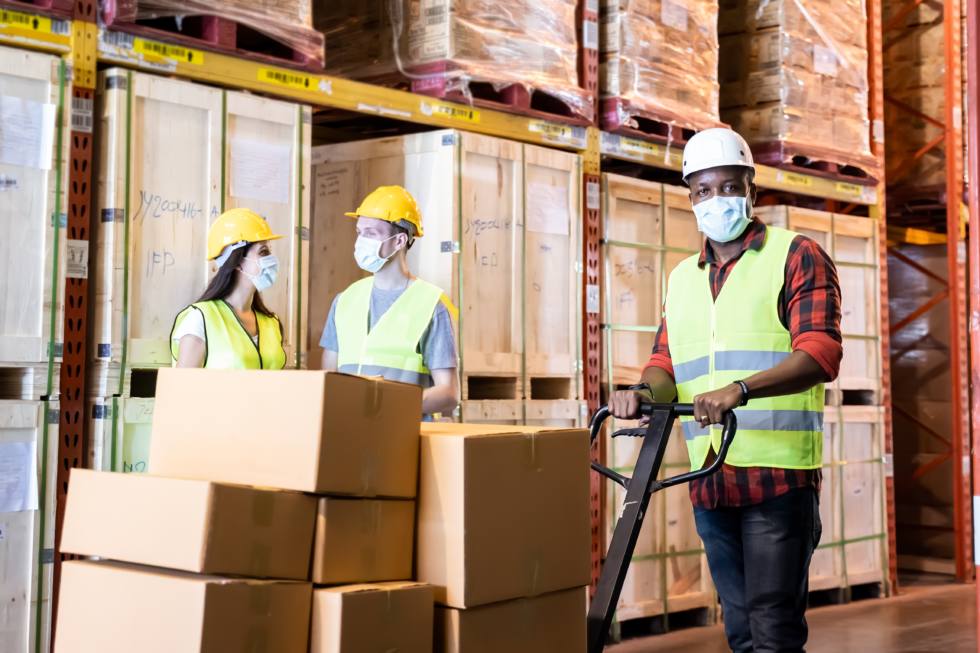Warehouse Work Can Be Dangerous Work
For folks who’ve lost jobs during the COVID-19 pandemic, Home Depot’s August announcement that it would soon add three new Georgia distribution centers may feel welcome. Amazon, too, announced several new Georgia locations this year, including fulfillment centers in Stone Mountain, Newnan and Appling.
But warehouse work comes with risks, and for new employees, those starting work at a new facility or for seasonal workers, it’s especially important to understand and know how to spot dangerous situations.
The top risks of warehouse work
According to OSHA, the fatal injury rate for the warehouse industry is higher than the national average for all industries. Many warehouse injuries are the result of:
- Forklift accidents
- Improper stacking of merchandise or materials
- Failure to use personal protective equipment
- Failure to follow lockout procedures
- Poor fire safety procedures
- Repetitive motion
Forklifts can be especially deadly for workers, killing 100 people annually (in all industries). Operators need to be thoroughly trained before being allowed to use the forklift and regularly evaluated for safety compliance. The forklift equipment must be maintained. Warehouses need safe loading and stacking procedures, never allowing load weight to exceed the equipment’s approved maximum. Forklifts should never be driven above 5 mph, and operators should always buckle up. It’s also important that anyone operating or working near a forklift understands the dangers of carbon monoxide poisoning.
Warehouse design also plays a major factor in many workplace injuries. Conveyors can become dangerous when pinch points are left unprotected or employees are exposed to fall hazards. Stacked storage needs to be properly positioned and balanced to avoid shelves tipping or collapsing. Even lifting injuries—often to the back, neck or shoulders—can be lessened by good design. Ergonomic training can help protect employees engaged in repetitive motions.
Some workplaces are particularly unsafe
Ultimately, though, warehouse workers are often placed in unsafe conditions due to managerial negligence or unreasonable fulfillment demands. A recent report from The Atlantic done in collaboration with Reveal From the Center for Investigative Reporting, called Amazon’s warehouses “injury mills” due to the pace employees were expected to keep. The piece found that the rate of serious injury at 23 of Amazon’s more than 100 fulfillment centers was double the national average. Former safety managers also claimed that warehouses were sometimes pushed to open before they were ready without proper training for staff and before all safety teams could be put in place.
As we approach the busy holiday shipping season, with pandemic shipping levels already high above normal, it’s important for warehouse workers to take stock of their safety on the job. Injuries should never be an expected or normalized part of any job. Employees have a right to a safe workplace and comprehensive safety training.
Georgia Workers’ Compensation Attorneys
If you’re a warehouse worker who has been injured on the job, you need an Atlanta workers’ compensation attorney. Contact the Law Offices of Laura Lanzisera today for a free consultation.

Leave a Reply
Want to join the discussion?Feel free to contribute!